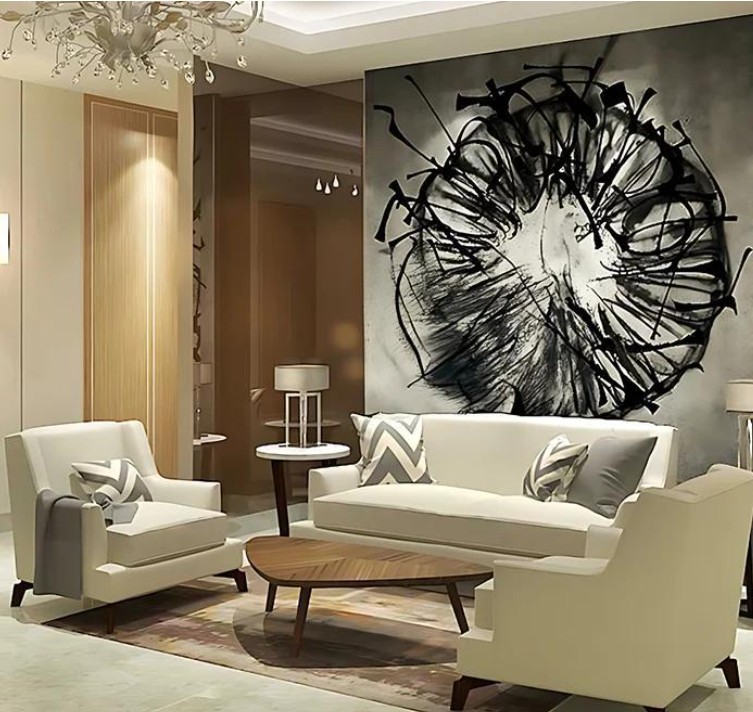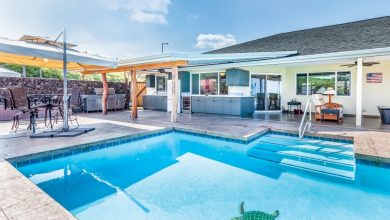Smart Designs for Urban Homes That Value Style and Function

City homes are funny, aren’t they? One minute you’re thrilled about moving into your new apartment, the next you’re wondering where the dining chairs will fit or how the wardrobe will swallow up your mountain of clothes. If you live in Delhi NCR, you’ll probably relate to this. Flats look modern, but space is always tight. And that’s why architectural design has become less about fancy facades and more about everyday comfort.
Good design today isn’t about piling on more décor. It’s about making sure your home breathes, feels welcoming, and actually makes your routine easier.
Why Smart Design Is a Lifesaver in Cities
You know the drill—tiny balconies, open kitchens spilling into living areas, and not enough storage for half the stuff we own. Urban homes push us to be creative. That’s where smart design steps in.
It’s not just about interiors looking pretty for Instagram. It’s about how you move through your house, how the spaces adapt. I’ve seen families turn a cramped 2BHK in Gurugram into a surprisingly functional setup just by knocking down a wall and adding sliding partitions. Suddenly, there’s flow. Even balconies, once relegated to drying clothes, are being reborn as reading corners or plant-filled escapes from traffic noise.
What Architectural Design Does Behind the Scenes
We rarely think about it, but architectural design decides the feel of a home before a single cushion or lamp enters the picture. Ever wondered why one flat feels airy while another of the same size feels boxed in? It’s the planning.
Where do the windows sit? How does the light move during the day? Does the kitchen make sense next to the dining, or are you walking a mini marathon every time you serve food? These are not minor details—they’re what turn a house into a place that actually works for the people living in it.
Function Can Still Be Stylish
Here’s the misconception: functional design means boring design. Not true.
Think about those floor-to-ceiling wardrobes with sliding doors. To the eye, they’re neat, minimal, even elegant. Inside? They hide luggage, shoes, winter gear, basically your secret chaos. Or picture a sofa that turns into a bed for when friends crash over. Stylish in the day, practical at night. That’s how function and beauty come together.
Many homeowners in Delhi NCR are leaning toward minimalism. Not the stark kind you see in glossy magazines, but a warm version of neutral walls, clean furniture, maybe a pop of color from cushions or art. It’s practical, it looks good, and you don’t spend weekends dusting carved furniture.
Why Local Architects and Interior Designers Matter
Of course, you can scroll Pinterest for hours and save dreamy ideas. But translating those into a Delhi apartment is another story. That’s why people are reaching out to architects and interior designers in Delhi NCR.
These folks know the local quirks. They know summers here are brutal, so materials matter. They know families like to entertain, so open living areas need to double up. They know Indian homes have a cultural element—like carving out a puja space—that western templates don’t always cover. That mix of creativity and practical sense is what makes hiring local experts worthwhile.
A Word on Sustainability and Tech
Design isn’t just about pretty corners anymore. There’s a growing interest in sustainable living. Families are asking for natural light, energy-saving layouts, and materials that don’t harm the environment.
Technology is quietly blending in, too. Automated lights, app-controlled cooling, security cameras—all of this is now part of design conversations. It’s not gimmicky; it’s about convenience and efficiency. A smart switch here, a solar panel there, and suddenly the home feels future-ready.
Small Adjustments That Change Everything
Not every solution is grand. Sometimes, tiny tweaks can transform a space.
I know someone who swapped out heavy curtains for sheer drapes overnight, their living room felt bigger and brighter. Another friend replaced a chunky dining table with a slim extendable one. Now she hosts dinners without the table, eating up half the room. Mirrors, lighter wall colors, vertical shelves—these are all small moves with surprisingly big payoffs.
And then there are personal touches. Plants in the balcony, a gallery of travel photos, a cozy reading chair by the window. These aren’t “designer tricks.” They’re the things that make a house feel like your own.
Why Smart Design Matters More Now
The reality? City homes are only going to get smaller. But that doesn’t mean they have to feel cramped. The right design can make a 900 sq. ft. flat feel like a spacious retreat.
Think about coming home after a long day. Would you rather enter a cluttered, dim apartment or a bright, neatly planned space where everything has its place? That’s what good design gives you. And with the help of skilled architects and interior designers in Delhi NCR, it’s not a far-off dream.
Wrapping It Up
At the end of the day, smart design isn’t about following trends or filling your house with expensive stuff. It’s about balance. Style that feels personal. Function that makes sense for your lifestyle. Sustainability and tech that keep your home ready for the future.
Urban homes will always come with challenges, but with thoughtful architectural design and the right professionals guiding the process, they can also be places you genuinely love coming back to. Because the best homes aren’t measured by square feet—they’re measured by how comfortably you live inside them.
If you’re thinking of transforming your urban home, it’s worth partnering with a team that understands the delicate balance of style and functionality. This is where Interia, one of the leading names in Delhi NCR, makes a real difference. Their approach to architectural design is not just about looks, it’s about creating homes that feel effortless to live in. From compact apartments to larger city houses, Interia has been helping homeowners design spaces that reflect their lifestyle while maximizing utility.



